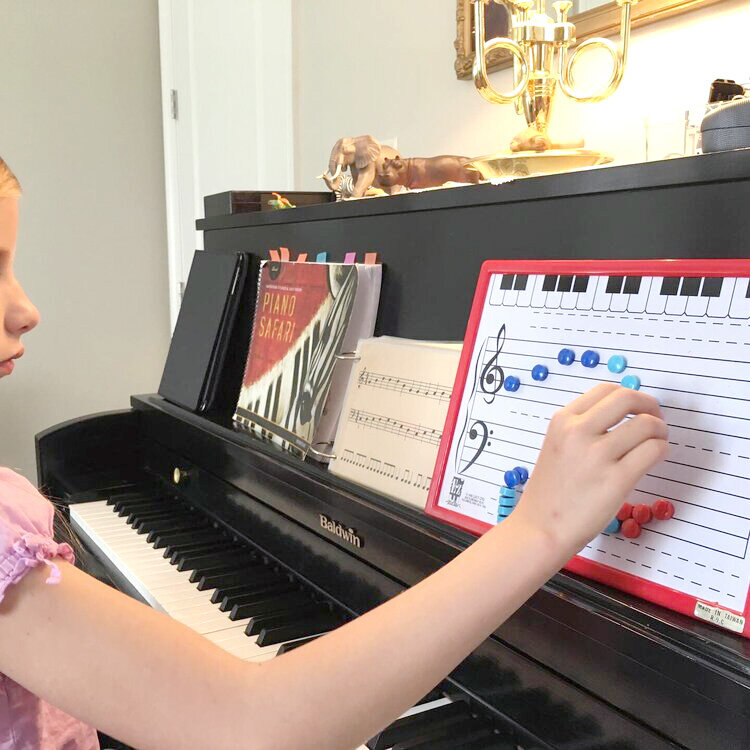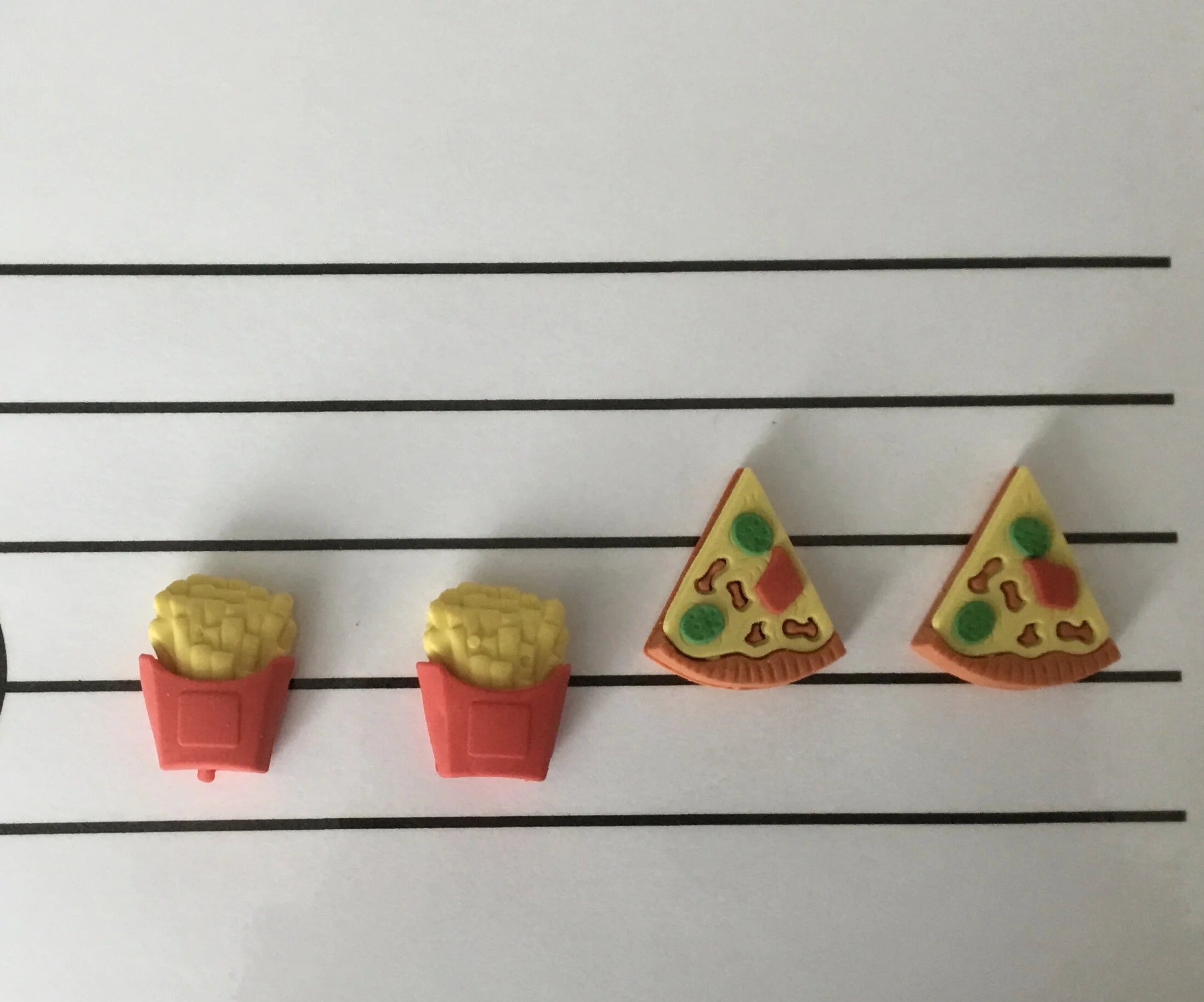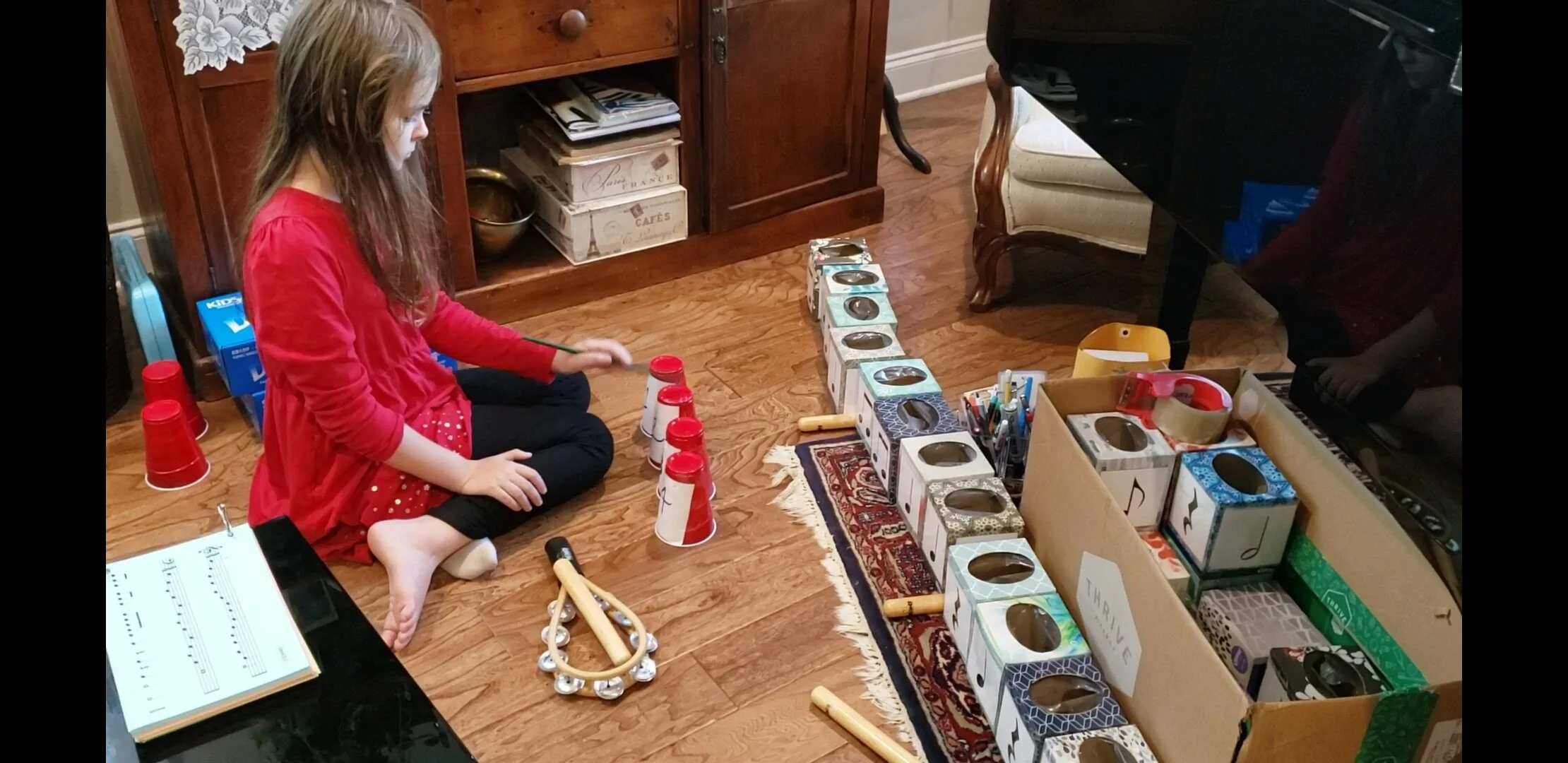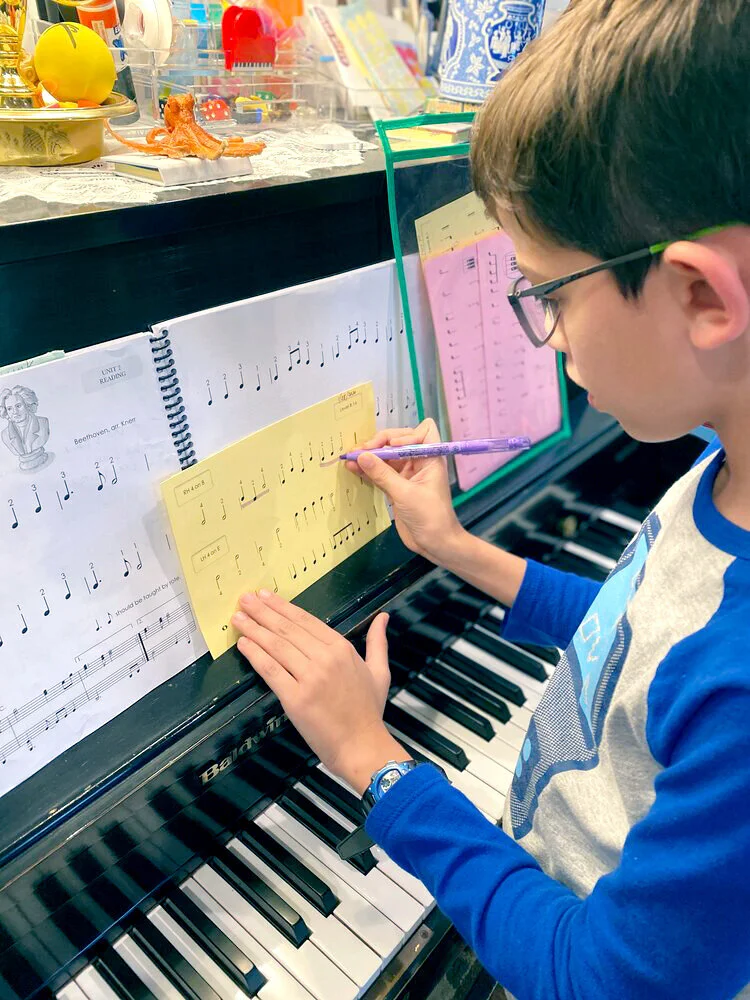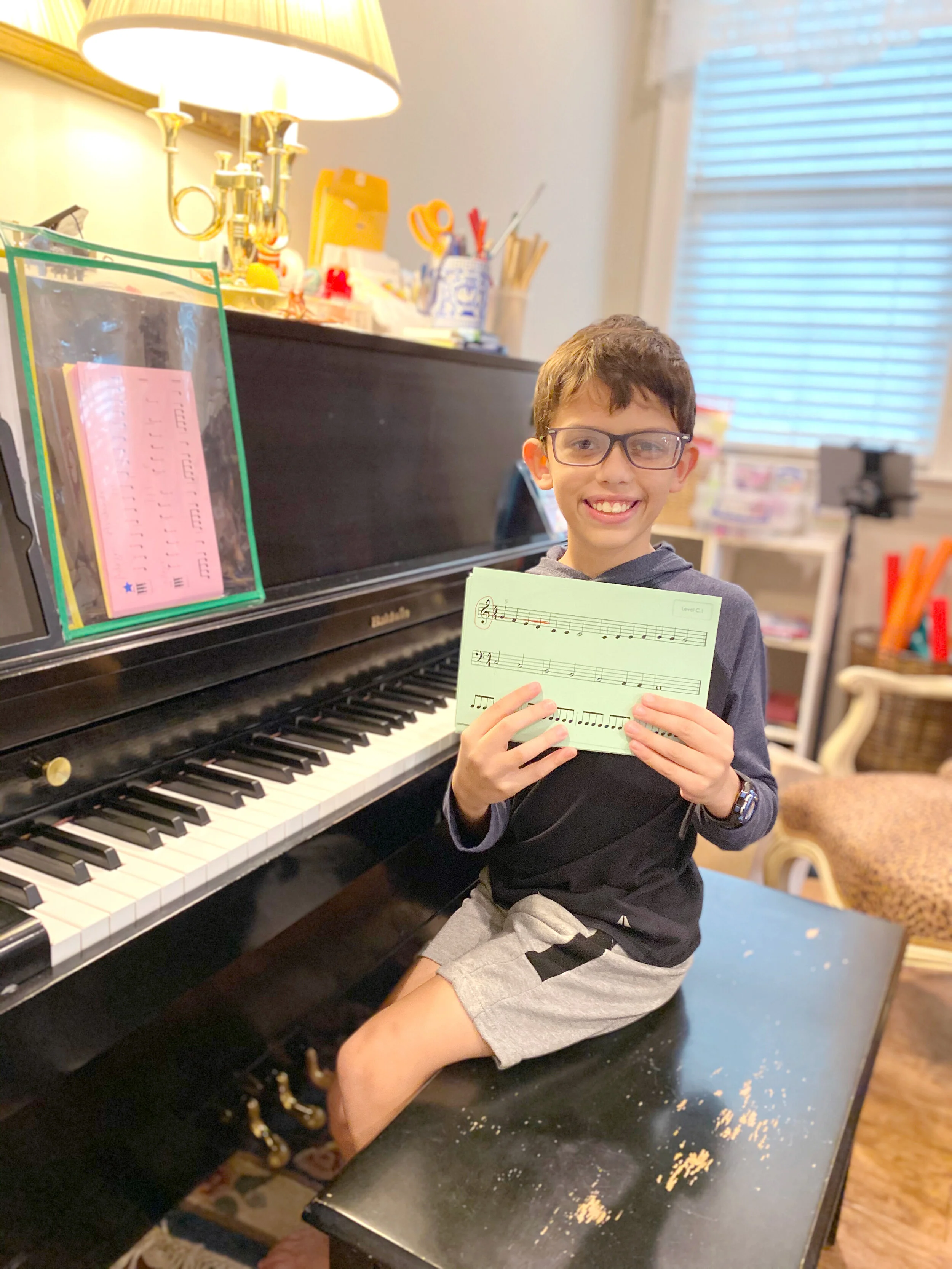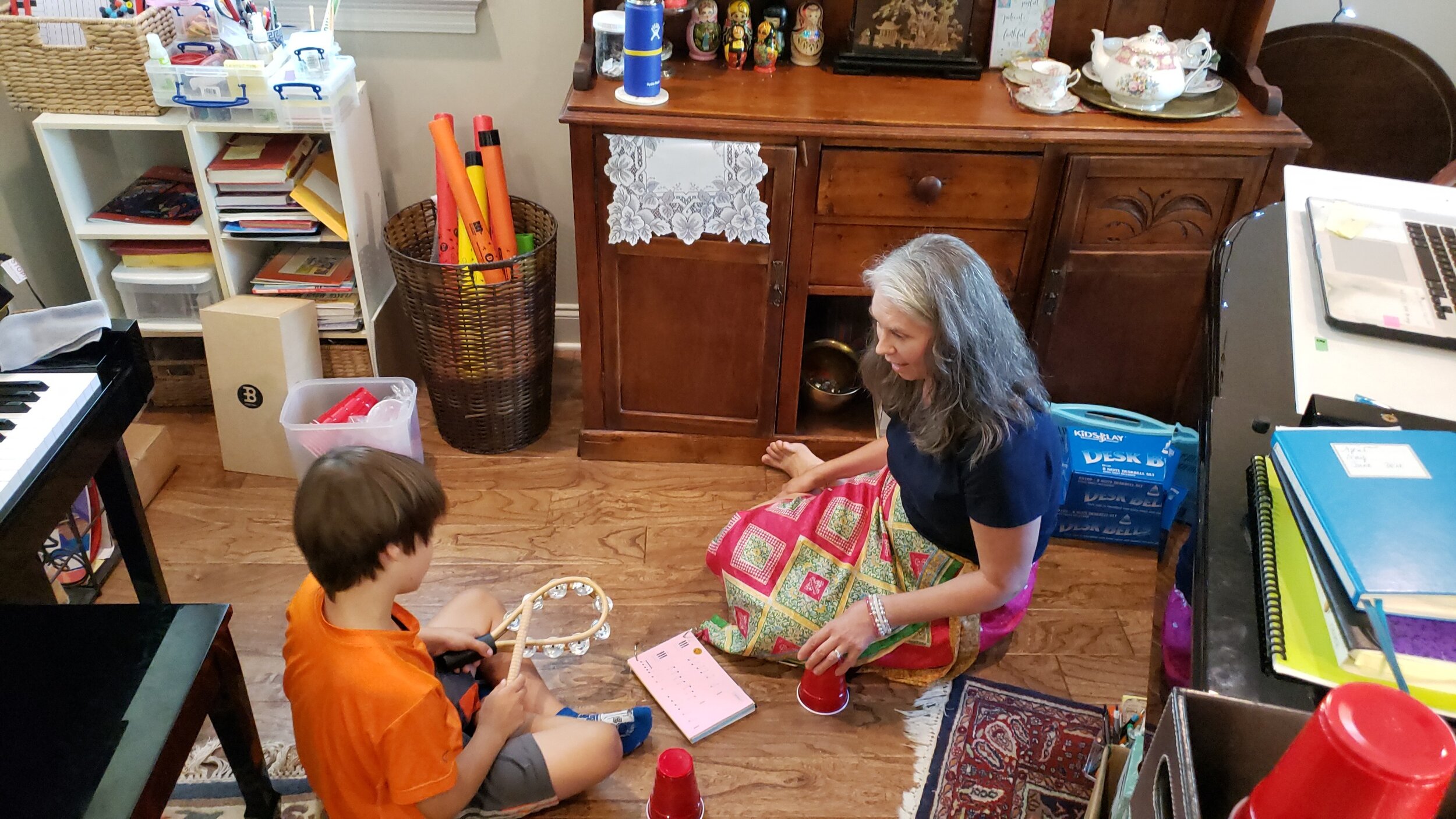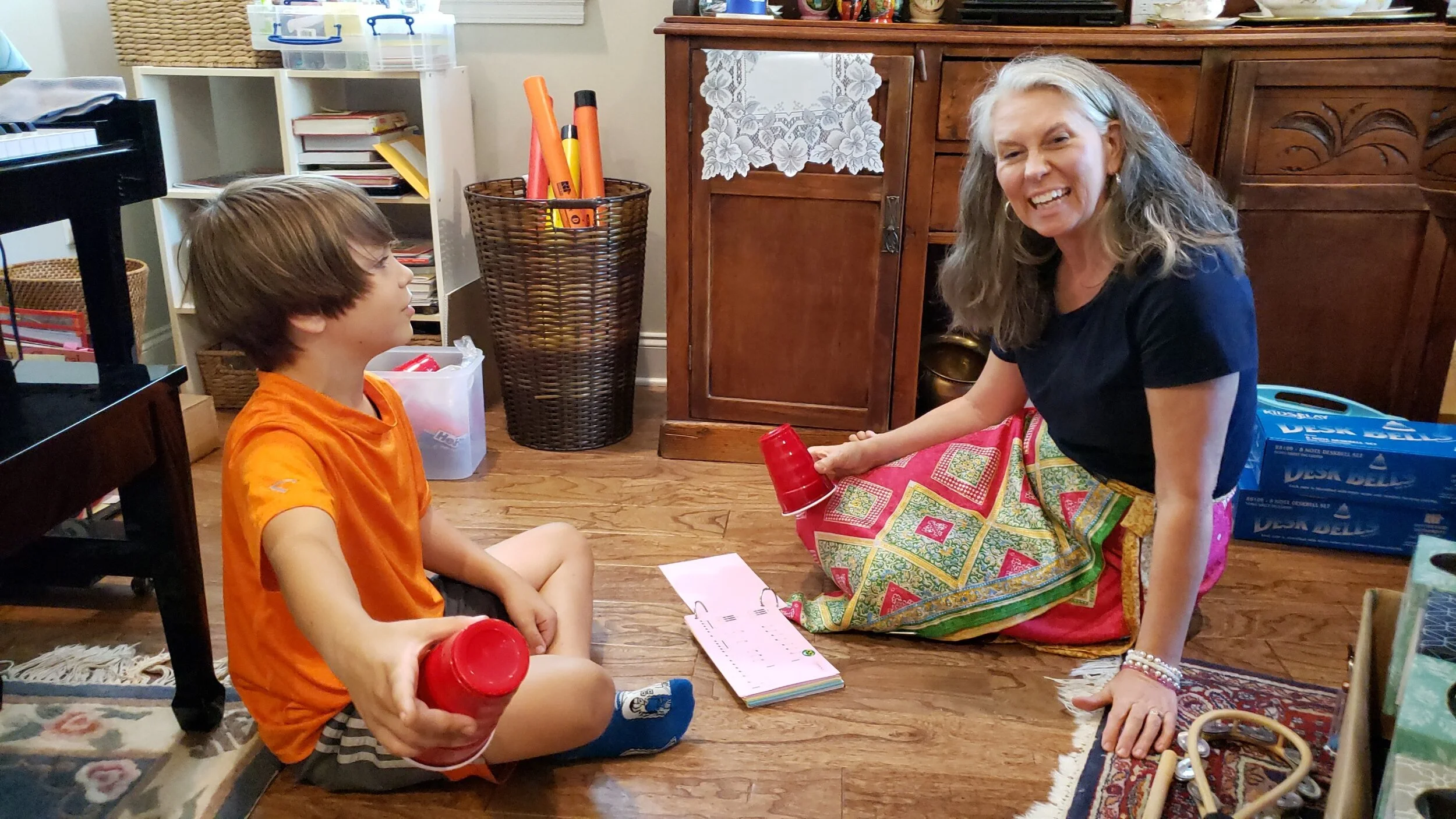Teaching Methods
Music that motivates
I am passionate about providing the optimal learning experience for the young and the young at heart who want to play the piano.
Engaging curiosity, creating an environment which guarantees step by step success, providing specific positive feedback, presenting the tools for creativity and personal expression all the while, and communicating enthusiasm and joy — these are the right combination for teaching!
As a free resource, I have available a PDF all about a Parent’s Guide to Piano Practice Time.
Students need a “hands on” approach to learning how to read music.
We are not “brains on a stick!”
Humor communicates!
About my APPROACH
Multiple life experiences led me to incorporate teaching tools from multiple disciplines, providing means to stimulate the brain for an ideal learning environment.
After I had learned piano through traditional methods, I then felt that somehow there must be some kind of special talent others had that I didn’t that kept me from being able to play a melody by ear, or create my own variation on “Amazing Grace,” or play a movie theme on the piano, or play a Christmas carol to sing with! Can you relate?
Looking back, the learning experiences that stuck with me the most were my Suzuki violin training as a child, being around my grandparents who would speak in their native Dutch, and my classroom foreign language and music training. Yet I didn’t learn these through traditional classroom methods. In fact, my communications professor once said to me that the least effective means for teaching—for communicating content in a means by which it would be retained, retrieved, and applied—was lecture style. The least! I wanted to learn piano the way I learned a foreign language.
Furthermore, when I was a teenager, I received hands-on experience in occupational therapy with young children. Ever since, I have been fascinated with retraining the brain. About the same time, I was gifted with a book on learning theory.
This book blew my mind. Written by Dr. Carla Hannaford, neurophysiologist and educator, Smart Moves: Why Learning Isn’t All In Your Head, was all about how the young child needs to move his whole body in order to learn. We are not “brains on a stick!”
All of these experiences collectively led me to consider borrowing teaching tools from other disciplines. Having experienced the “play the piece, check it off, move on to the next piece” method of learning, I want to give you more. My goal is to allow you the opportunity to enjoy music for a lifetime in any style. I want you to have the tools to equip you for a lifetime of making music!
Reinforcing rhythm concepts. Can’t learn rhythm apart from movement.
My Goals
Recognize the individual strengths and weaknesses of the student’s learning style.
Establish solid sight reading skills.
Train the ear for playing “off the page”.
Present music theory in practical, concrete, fun ways so that students develop a tool box for creating musical flourishes or their own improvisations.
Looking for the “oct-o-pus” rhythm.
He just connected the dots and sight read for the first time!
This is an off the bench teaching moment which captured the fascination of a very busy young man. He actually sat and did 20 examples!
Using a tambourine and cups to learn rhythm.
“
Testimonial
Mrs. Denigan’s music studio is filled with so many fun things that will keep your whole body challenged and in motion from start to finish. You will use energetic motion of every part of your body for rhythm, and she will captivate your eyes with endless visual stimuli in many colors, symbols, and dimensions. She will engage your tactile sensations of touch using a variety of sizes, shapes and textures plus challenge your right/left hand coordination. All along she will engage your auditory system using a variations of pitch, tone and volume. She can do all this through the joy of music! This is the amazing kind of learning experience no child will want to miss. As an Occupational Therapist I highly recommend her piano studio as a fun experience that captivates all the sensory systems of the body. This is invaluable for any child…even us big kids! This is one learning opportunity you don’t want to miss!
- Patty Duval, retired occupational therapist, hand specialist.
October 2017
Questions?
Ready for lessons?
“I will sing praises to the Lord for He has been good to me....”
“...My cup overflows.”

